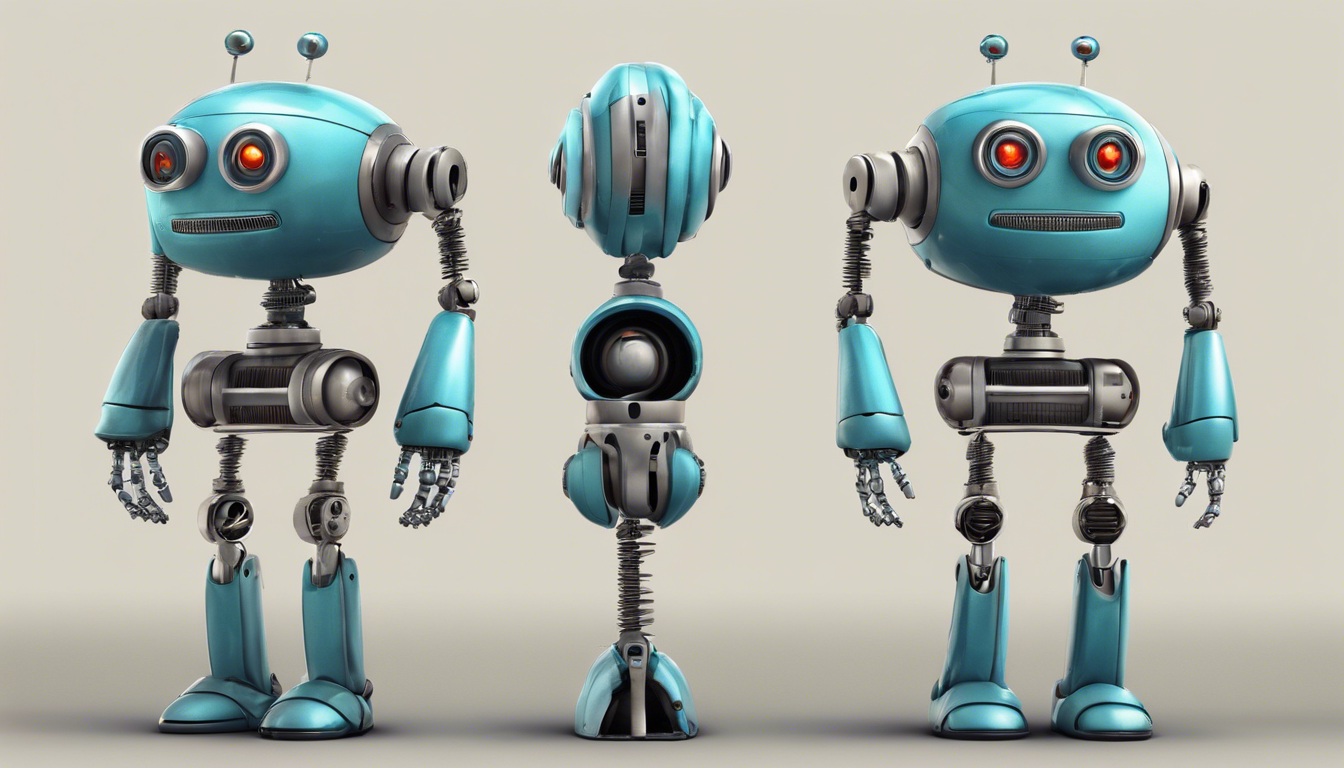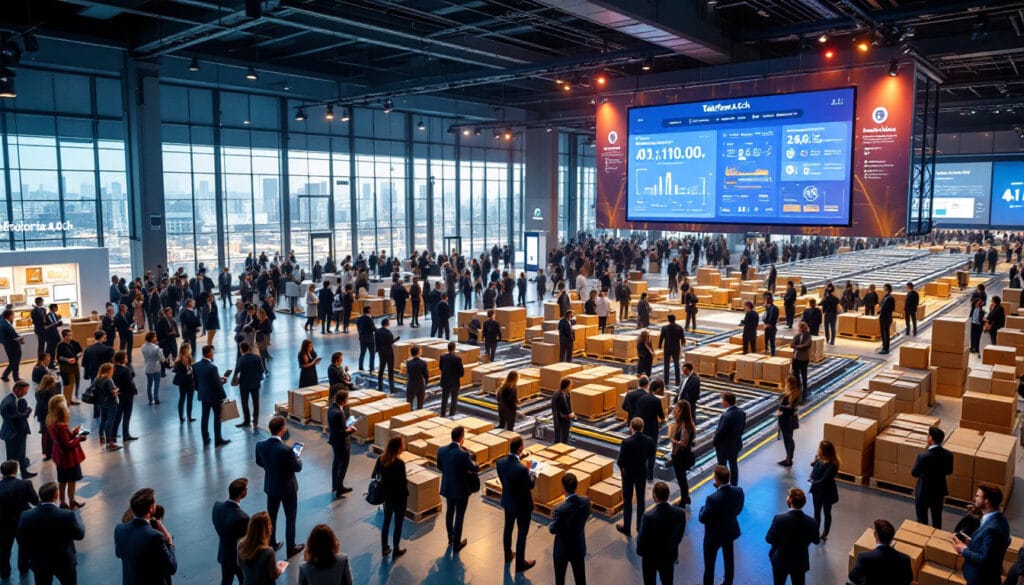Discover the bold Reachy 2, a humanoid robot designed to be the ideal companion for the latest generations of artificial intelligence. Born from the innovative work of the Bordeaux-based start-up Pollen Robotics, this robot moves with a rolling base, is perfected with an aluminum structure, and integrates advanced joints for more precise and robust movements. Equipped with interchangeable grippers, Reachy 2 easily adapts to various tasks and objects it must handle. Powered by sophisticated AI algorithms, Reachy 2 opens a new era of communication with intelligent machines, transforming imaginary concepts into tangible realities.
Reachy 2 is a revolutionary humanoid robot envisioned to become the body of the new generations of artificial intelligence. Created by the Bordeaux-based start-up Pollen Robotics, this robot features a modular and open-source design, making it ideal for research. With its torso, two arms, and a head, it moves thanks to a rolling base. Its aluminum structure ensures increased robustness compared to the previous version, and its arms can support up to 3 kg. Featuring new joints for better dexterity, Reachy 2 offers interchangeable grippers for grasping various objects. Its collaboration with companies such as Meta and Hugging Face enables the implementation of teleoperation systems and embedded AI algorithms, ensuring adaptation to a changing environment. This robot, both collaborative and innovative, is destined for a bright future in multiple industrial sectors.

Table des matières
Togglea robot designed for the new generations of AI
“A humanoid robot designed to be the body of the new generations of AI.” This is how Matthieu Lapeyre, founder of Pollen Robotics, describes Reachy 2. This robot, the product of young and innovative expertise, has been designed to combine performance and adaptability. Composed of a torso, two arms, and a block for the head, it is mounted on a rolling base that allows it to move on a flat surface in all directions. The Bordeaux-based start-up, with its thirty employees, developed this modular, open-source robot intended primarily for research laboratories. It also hopes to attract industrial players in biology and chemistry, offering the possibility to repeat complex procedures multiple times a day.
Equipped with an aluminum structure, it differs from its predecessor made with 3D printing and is now provided with new joints that enhance its dexterity. Not only can each arm lift up to three kilograms, but the hands have been replaced with grippers, which are more robust and can be modified according to the objects being handled. Thus, Reachy 2 embodies an advancement toward a future where technology becomes a physical entity, providing a new perspective on the application of artificial intelligence to the real world.
strategic integration of AI for enhanced performance
The success of Reachy 2 relies on a strategic alliance among several tech giants. Pollen Robotics collaborates with the American giant Meta, as well as the Franco-American start-up Hugging Face, known for its open-source AI bricks, not to mention the French cloud partner Scaleway. Thanks to this synergy, a teleoperation system has emerged, allowing for remote control and teaching of new tasks to the robot. The embedded AI algorithms drive the motor commands, providing extremely precise manipulations.
The embedded intelligence also allows Reachy 2 to adapt to its environment through its sensors and 3D vision system. Each movement is optimized to respond to changes in context, ensuring optimal efficiency in varied spaces. This evolution space is part of a trend where new companies are investing in humanoid robotics, fueled by a renewed interest.
the industrial applications of reachy 2
Reachy 2 positions itself as an essential tool for industries looking to integrate humanoid robots into their processes. Capable of performing high-precision tasks, it represents a significant advancement for sectors such as the chemical industry. Thanks to its manipulation capabilities, it can operate in complex environments where interaction with objects is frequent. For the curious, a demonstration of its performance can be viewed on YouTube.





